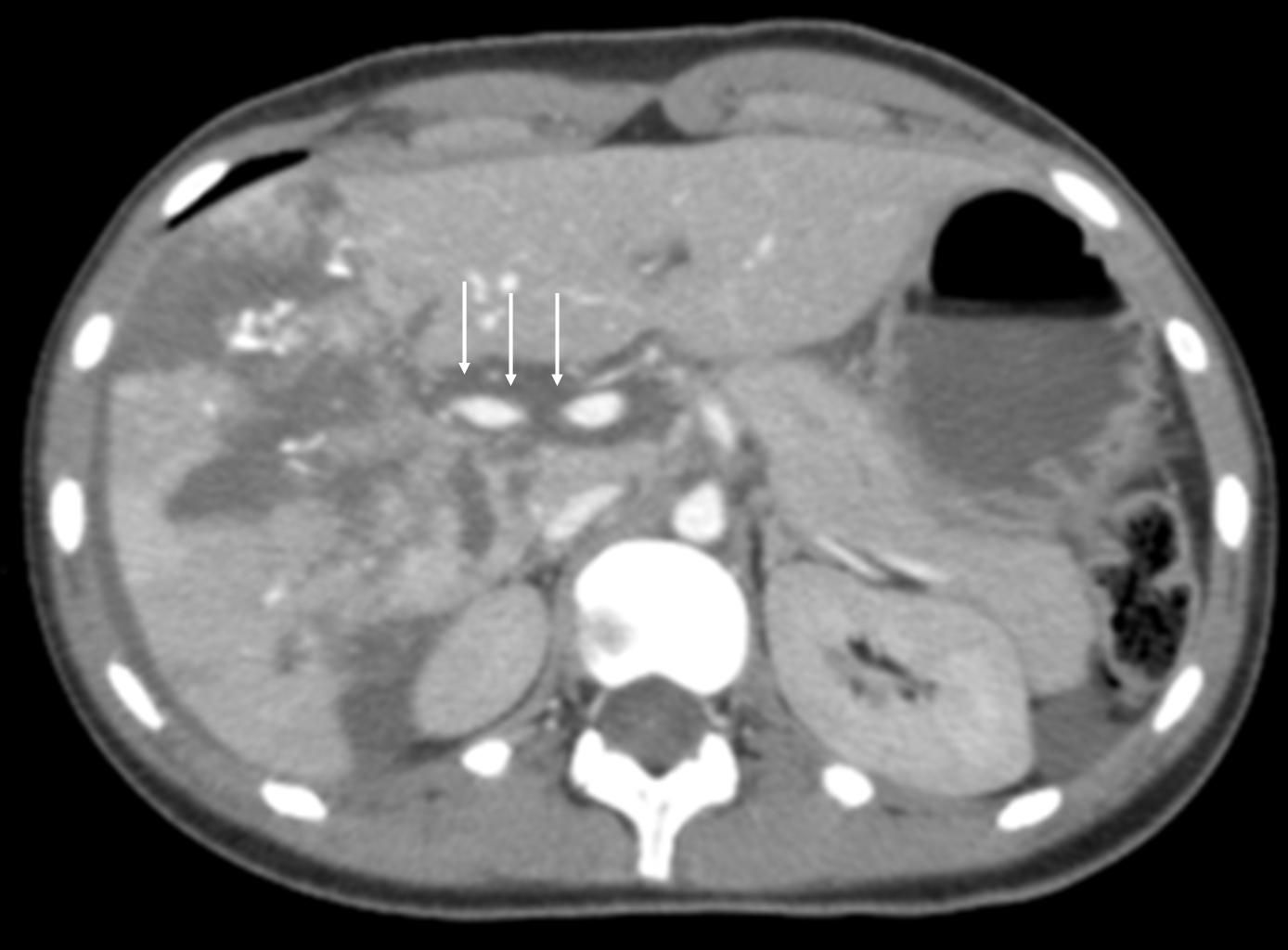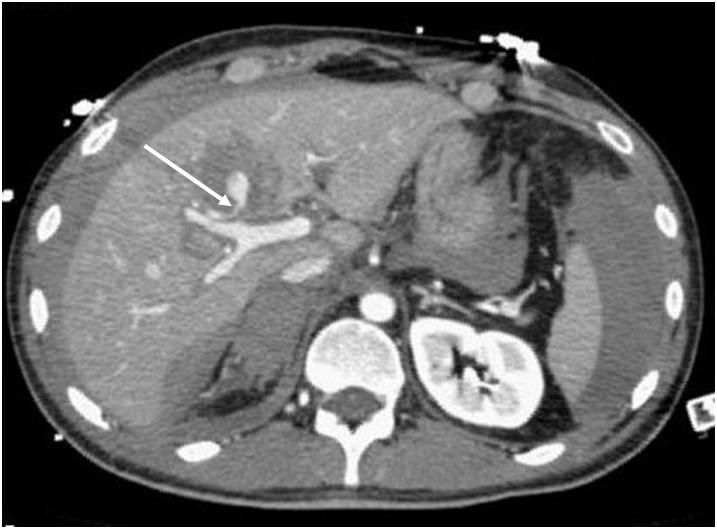Effective use of abdominal CT can save lives in emergency setting
It is widely accepted that reducing time from admission to definitive care saves lives, but usually imaging is one of the major sources of delays. This means radiologists play a vital role in prioritizing patients and selecting the correct modality.
It is widely accepted that reducing time from admission to definitive care saves lives, but usually imaging is one of the major sources of delays. This means radiologists play a vital role in prioritizing patients and selecting the correct modality.
Dr. Otto Chan, formerly head of emergency and trauma radiology at the Royal London Hospital in the U.K., believes that if a patient presents with abdominal pain, doctors should image early and not waste time observing or repeatedly examining him or her.
“The danger is that hospitals constrained by the notion of cost will then perform the cheapest imaging possible, a plain abdominal x-ray, which is usually a complete waste of time and misleading in terms of diagnosing the patient,” said Chan, who spoke about fast-track imaging at Monday’s categorical course, “Radiology in Abdominal Emergencies.” “A normal scan is needed to rule out anything critical. In most emergency situations, abdominal plain film is at best not helpful, and at worst dangerous.”
Abnormal abdominal plain film is notoriously difficult to interpret, while a normal abdominal x-ray is misleading because it misses various conditions. Chan recommended that radiologists move away from the logic of cost implications and order CT scans, which are quicker, more accurate, and sensitive enough to exclude significant abnormalities.
“The cost of a CT scan is virtually zero. The scanner is there, the radiographer is there. The only extra cost is a bit more electricity and keeping the radiologist occupied a little longer. Otherwise the true cost is bed-stay, clinical observation, and lots more ‘cheap’ imaging,” he said.
In countries with government-imposed waiting-time targets, such as the four-hour maximum wait for emergency departments in the U.K., radiologists must allow potential life-threatening conditions to take priority, even if these patients arrive after other, less critical, patients who may have been waiting longer, he said.
“If we as radiologists allow management to decide on priority, then we are not providing a sound service to patients. Nor can you have a functioning accident and emergency department without there being the appropriate modern equipment, and by that I mean plain x-ray, ultrasound, and CT at a minimum,” Chan said. “The problem is that, globally, emergency imaging has always been the ‘poor relation’ to cardiac and cancer.”
In countries where health systems are under great strain, this can have a devastating effect. According to TARN (Trauma Audit and Research Network), an independent research group for England and Wales, the U.K. has the worst trauma statistics in the developed world and no U.K. hospital has improved its trauma statistics in the last eight years, he said.
Currently involved in a legal battle with his own former employer due to clashes with management, Chan is no stranger to the concept of rocking the boat.
“Specialists need to take responsibility for their actions and treat every patient as though he or she were a member of their own family. They should demand and provide whatever service is necessary for each individual patient, ignore finance, and concentrate on clinical indications,” he said.
In other statistics, road traffic accidents (RTAs) across Europe have increased over the past decade. There are a reported 10,000 accidents in France per year, and the average RTA patient has been getting younger. “CT allows rapid image acquisition, providing head-to-toe images in two minutes,” said Dr. Julien Cazejust, a radiologist at Saint Antoine Hospital in Paris. “It provides an accurate diagnosis of solid organ rupture.”
At Saint Antoine, all patients involved in RTAs are imaged with CT. Using modern 64-detector CT scanners, an image of the entire body can be taken quickly and the patient can be in and out of the unit in five minutes, he said.
Cases of arterial and venous bleeding require different management. Doctors must discover whether bleeding is outside or within an organ, and images must be obtained in both the arterial and portal venous phases, or one image should show both phases. This latter option is not difficult, but is a question of precise timing, Cazejust said. So far, no definite conclusions can be reached about the best approach; with two images, doctors are sure to see the arterial and portal venous phases, while one image is not as simple to read but it imparts less radiation to patients.
“We haven’t used 64-detector scanners for long enough to understand the impact of radiation from these scans,” he said. “Car accidents predominantly occur in the younger segment of society. If we can diminish dose but obtain the same diagnosis as with two scans, this must be a better option, especially as patients with serious spleen trauma must be followed every week. Four scans or only two scans could make a difference in radiation received and what it does.”

It is vital to understand the severity of the rupture as it may require immediate surgery, and imaging can be life-saving, Cazejust said. If we don’t diagnose well, the patient may die in hours, he added.
At Monday’s session, Prof. Nevra Elmas, a professor of radiology at Ege University Medical School in Izmir, Turkey, spoke about gastrointestinal (GIT) bleeding. GIT bleeding accounts for 10% of all patients admitted to emergency departments. Mortality rates in patients with massive and occult bleeding are high at between 20% and 40%. The correct therapeutic approach depends on accurate diagnosis, and this life-saving decision in turn relies on selection of the appropriate modality and imaging techniques, she said.
In upper GI bleeding, endoscopic studies are usually preferred as an initial examination, but massive hemorrhage will often obscure the bleeding origin. In lower GI bleeds, more complex investigations are needed, she said.
“Working with out-of-date machines, lack of equipment, and communication deficiencies between radiology and emergency departments are additional challenges beyond those of working under tight timelines or getting optimum acquisition times without the use of a power injector,” Elmas said. “Detection of the site of bleeding may remain negative despite optimal techniques.”

Refinements in CT and MR angio techniques have improved management of hemorrhagic patients due to their capacity to show vessels and soft tissue. Both modalities need optimal contrast injection with optimal acquisition time. Delegates attending Elmas’ talk heard about the correct management of contrast agents in order to manage flow volumes and rates and acquisition time, as well as to avoid positive oral contrast material artifacts. They also learned about different approaches and protocols used in massive and occult hemorrhage.
“Radiologists should obtain both arterial and portal phase whole-body images, which should be carefully evaluated both in source form and as reformatted images,” Elmas said.
Despite invasive angiography being accepted as the gold standard in GI bleeding, its nonavailability in emergency departments has meant that CT has become the major diagnostic modality for both massive and occult bleeding.
“Even with the latest technologies, the success of diagnostic radiology still depends on collaboration between emergency staff and invasive radiology,” Elmas said.
Note: a version of this article appeared in the 2010 ECR Today newspaper.
Meta-Analysis Shows Merits of AI with CTA Detection of Coronary Artery Stenosis and Calcified Plaque
April 16th 2025Artificial intelligence demonstrated higher AUC, sensitivity, and specificity than radiologists for detecting coronary artery stenosis > 50 percent on computed tomography angiography (CTA), according to a new 17-study meta-analysis.
The Reading Room: Racial and Ethnic Minorities, Cancer Screenings, and COVID-19
November 3rd 2020In this podcast episode, Dr. Shalom Kalnicki, from Montefiore and Albert Einstein College of Medicine, discusses the disparities minority patients face with cancer screenings and what can be done to increase access during the pandemic.
Could Lymph Node Distribution Patterns on CT Improve Staging for Colon Cancer?
April 11th 2025For patients with microsatellite instability-high colon cancer, distribution-based clinical lymph node staging (dCN) with computed tomography (CT) offered nearly double the accuracy rate of clinical lymph node staging in a recent study.